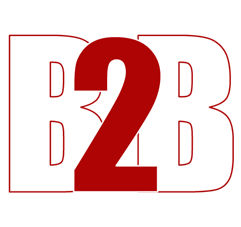3 Laboratory Best Practices You Should Know
About 60 - 70% of all medical conditions, diagnosis and treatment, are based on results from the medical laboratory, meaning that health professionals can’t make decisions on patient healthcare without a conclusive lab report. Medical labs such as MedComp Sciences are a critical part of the healthcare system and prioritize observing some best practices to avoid errors that could harm people and disrupt due processes. What are some guidelines and best practices a medical lab must adhere to? Below are a few worth knowing.
- Proper specimen labelling
The expression ‘right patient, wrong sample’, originating from medical labs, describes the erroneous mixing up of patient specimens. US laws categorize the wrongful labelling of patients’ information as medical negligence, which has dire consequences. Some aggrieved patients have taken on medical labs in the past as they had to endure mental and emotional trauma from erroneous lab results. While others received heavy fines, a few lost the license to practise and subsequently folded up.
The US laboratory policy demands that labs indicate some vital information such as the patient’s name, collection date and time, medical record number, and specimen type in legible writing on the specimen container. Additionally, they have to state the ordering physician, the patient’s location and the type of test they’re carrying out. Labelling specimens requires maximum attention to detail to avoid needless errors, which could become a legal tussle between the patient and the lab.
- Proper storage and waste disposal measures
Medical labs deal with several solvents, bodily fluids, and harmful chemicals, mainly classified as biohazards. For this reason, these establishments need to adopt proper waste disposal measures. For example, the law stipulates that lab waste be separated appropriately for easy identification and disposal. This regulation explains why medical labs across the country separate hazardous waste from non-hazardous elements.
Due to the chemical composition of various materials used in the lab, each one needs to be stored in appropriate containers. For instance, chemical solvents are highly flammable and pose risks when placed in plastic or metal containers. Therefore, the proper storage container would be glass. A credible medical lab is expected to know and adhere to these guidelines to uphold industry practices.
- Use of protective garments
The laboratory is a complex environment that requires personal protection at all times. The medical lab technician and staff within the immediate environment are expected to wear Personal Protective Equipment (PPE) at all times to enhance their safety. A few examples of such equipment are lab coats, gloves, nose and mouth masks, etc. Any medically approved apparel designed to shield your body from lab chemicals and specimen samples are ideal for use, especially as the likelihood of spilling chemicals and fluids in the medical lab is high.
These are a few best practices that medical laboratories need to observe to protect both the staff and their patients. As a high-risk environment, medical labs can’t underestimate the significance of being safety conscious at all times.
- 15 views





